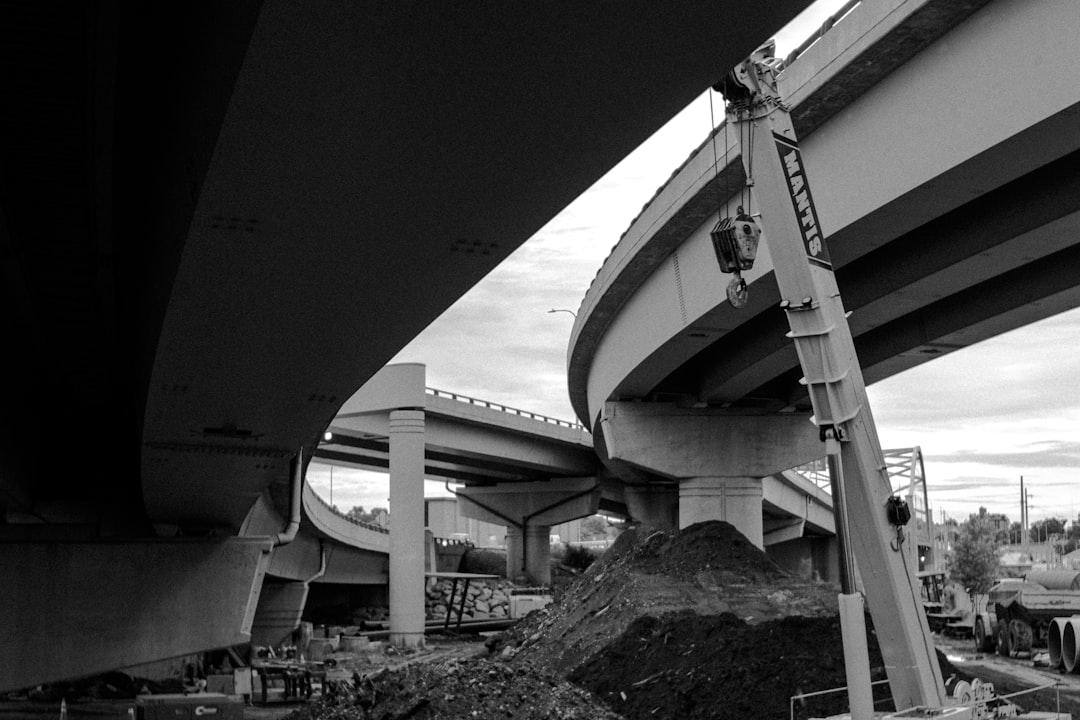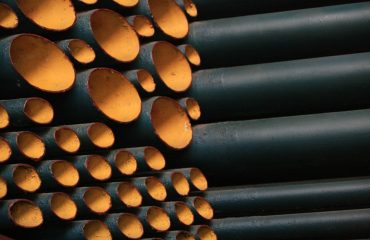The choice between concrete and steel is a fundamental decision in any construction project. Both materials are incredibly strong and versatile, but they possess distinct properties that make them suitable for different applications. This in-depth comparison will explore the strengths and weaknesses of each, helping you understand which material is best suited for your needs.
Strength and Durability: A Head-to-Head Comparison
Concrete, a composite material made from cement, aggregates, and water, excels in compressive strength. This means it can withstand significant crushing forces. Steel, on the other hand, boasts superior tensile strength, meaning it can resist stretching and pulling forces. In terms of durability, both materials offer longevity, but their susceptibility to different types of damage varies. Concrete is vulnerable to cracking under tensile stress and can be susceptible to freeze-thaw damage in colder climates. Steel, while incredibly strong, is prone to corrosion if not properly protected. The longevity of both materials is heavily reliant on proper design, construction, and maintenance.
Cost Analysis: Balancing Budget and Performance
The cost of concrete and steel varies depending on several factors, including location, availability, and market conditions. Generally, concrete is often considered a more cost-effective option for large-scale projects like foundations and massive structures. The initial cost of steel can be higher, especially for complex designs requiring intricate fabrication. However, steel’s lighter weight can sometimes lead to reduced transportation and erection costs. Furthermore, the long-term maintenance costs associated with corrosion protection for steel need to be factored into the overall budget. A thorough cost-benefit analysis is crucial before making a material selection.
Structural Applications: Where Each Material Shines
Concrete’s compressive strength makes it ideal for foundations, retaining walls, and columns. Its ability to be cast into various shapes allows for flexibility in design. Steel, with its high tensile strength, is frequently used in beams, girders, and frameworks, especially in high-rise buildings and long-span structures. The combination of both materials, known as composite construction, is often employed to leverage the strengths of each. For instance, steel reinforcement within concrete (rebar) significantly improves its tensile strength and crack resistance, creating a highly robust composite structure.
Environmental Impact: Sustainability Considerations
The environmental impact of both concrete and steel production is significant. Cement production, a key component of concrete, releases substantial amounts of carbon dioxide into the atmosphere. Steel production also has a large carbon footprint, primarily due to the energy-intensive process of smelting iron ore. However, both materials can be incorporated into sustainable building practices. Using recycled materials in concrete production, employing low-carbon cement alternatives, and optimizing steel designs to minimize material usage can significantly reduce the environmental impact. Life cycle assessments are increasingly important in evaluating the overall sustainability of building materials.
Maintenance and Lifespan: Long-Term Considerations
The long-term performance of both concrete and steel structures depends heavily on proper maintenance. Concrete requires periodic inspection for cracks and damage, potentially necessitating repairs or surface treatments. Steel structures need regular protection against corrosion through painting, galvanizing, or other protective coatings. The lifespan of both materials can be extended significantly with appropriate maintenance programs. Neglecting maintenance can lead to premature deterioration and costly repairs or even structural failure. Therefore, a well-defined maintenance plan should be integral to any construction project using either concrete or steel.
Ultimately, the choice between concrete and steel depends on the specific requirements of the project. Factors such as budget, structural demands, environmental considerations, and maintenance capabilities should all be carefully weighed. Often, the most effective approach involves a hybrid solution, combining the strengths of both materials to create a robust and cost-effective structure.
SEO Tags: concrete, steel, construction materials, structural design, building construction




